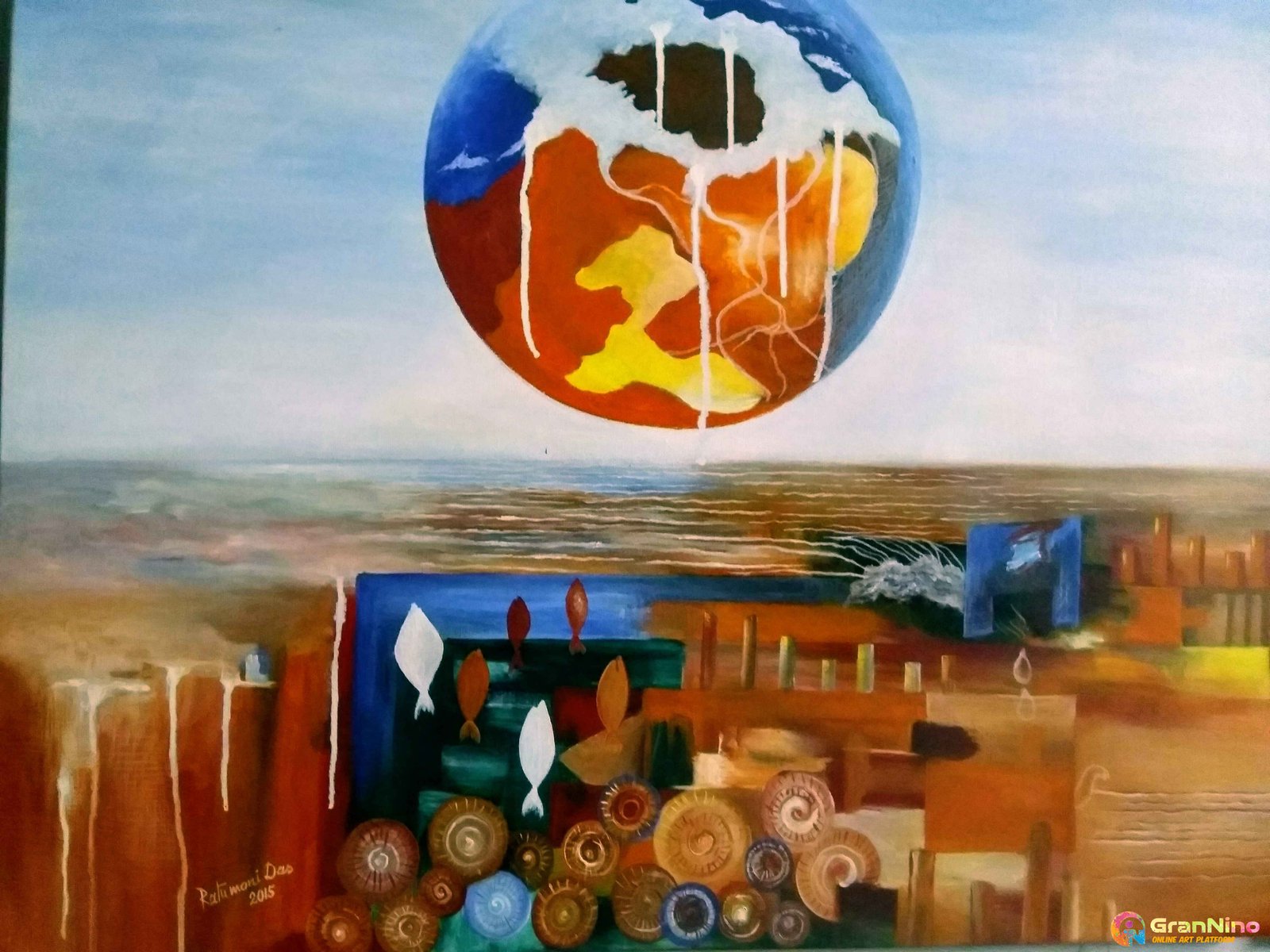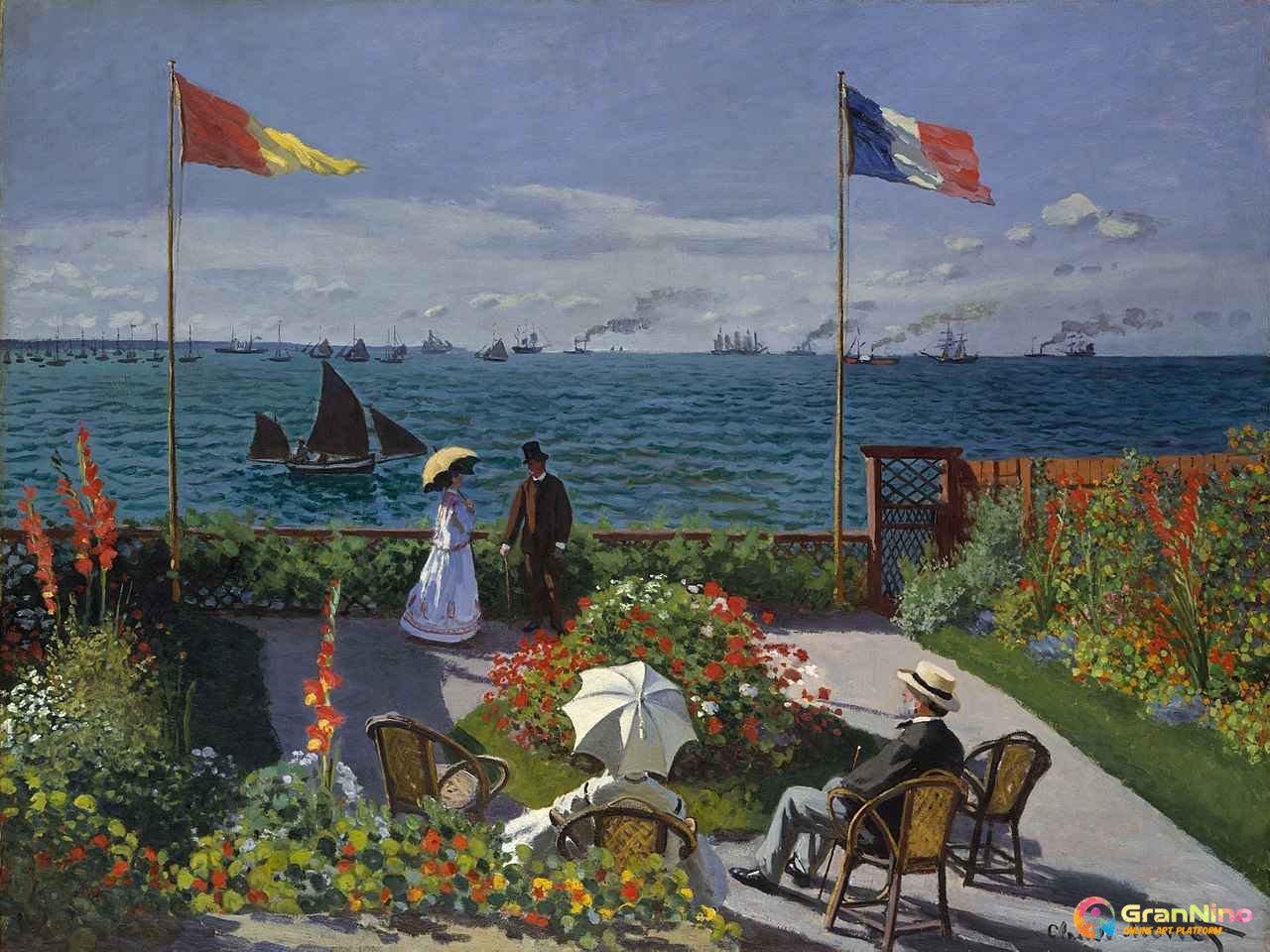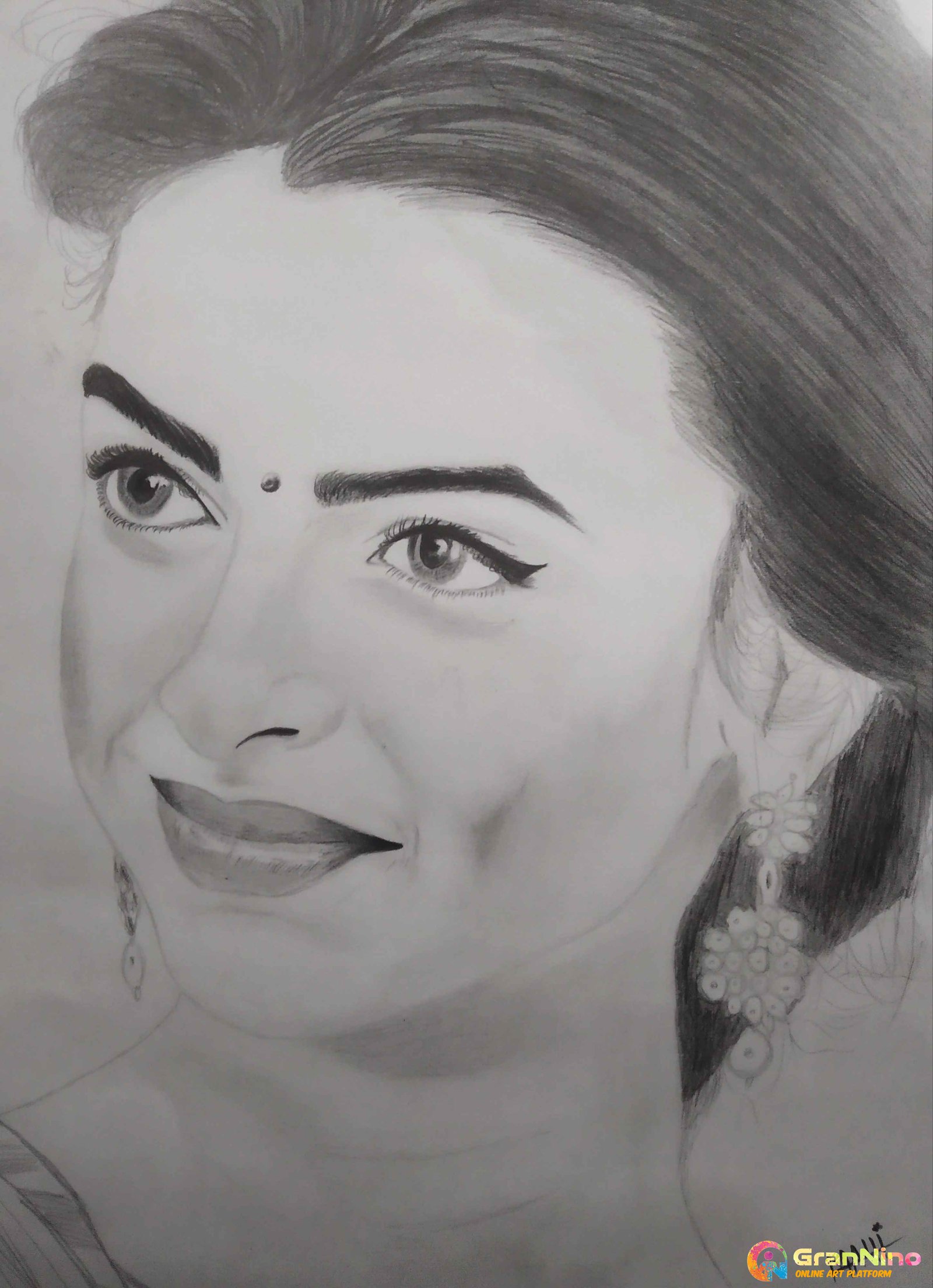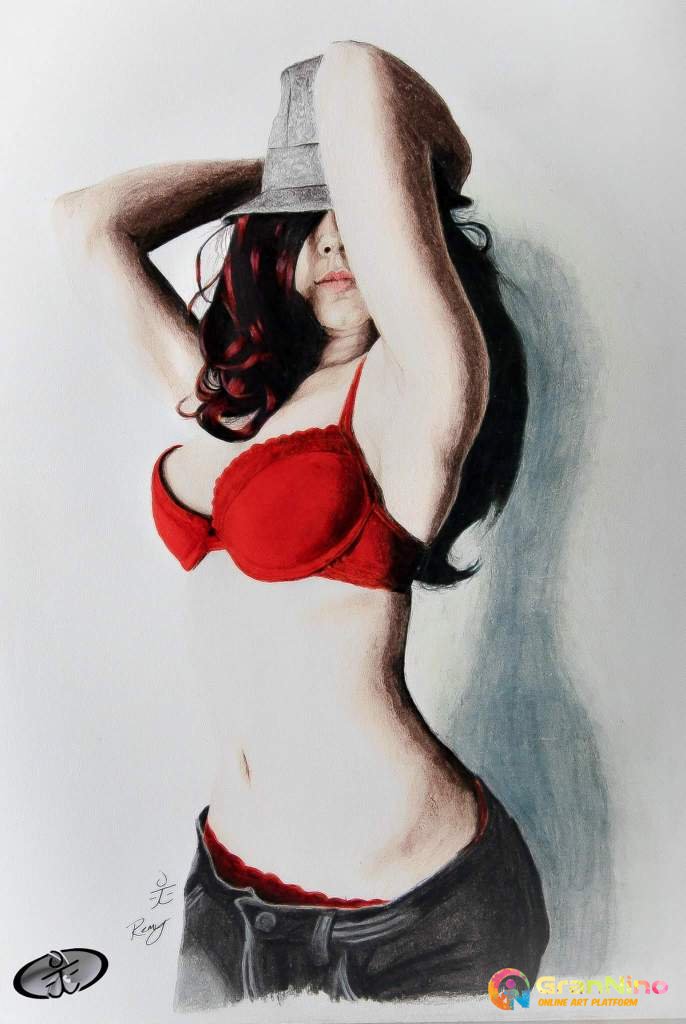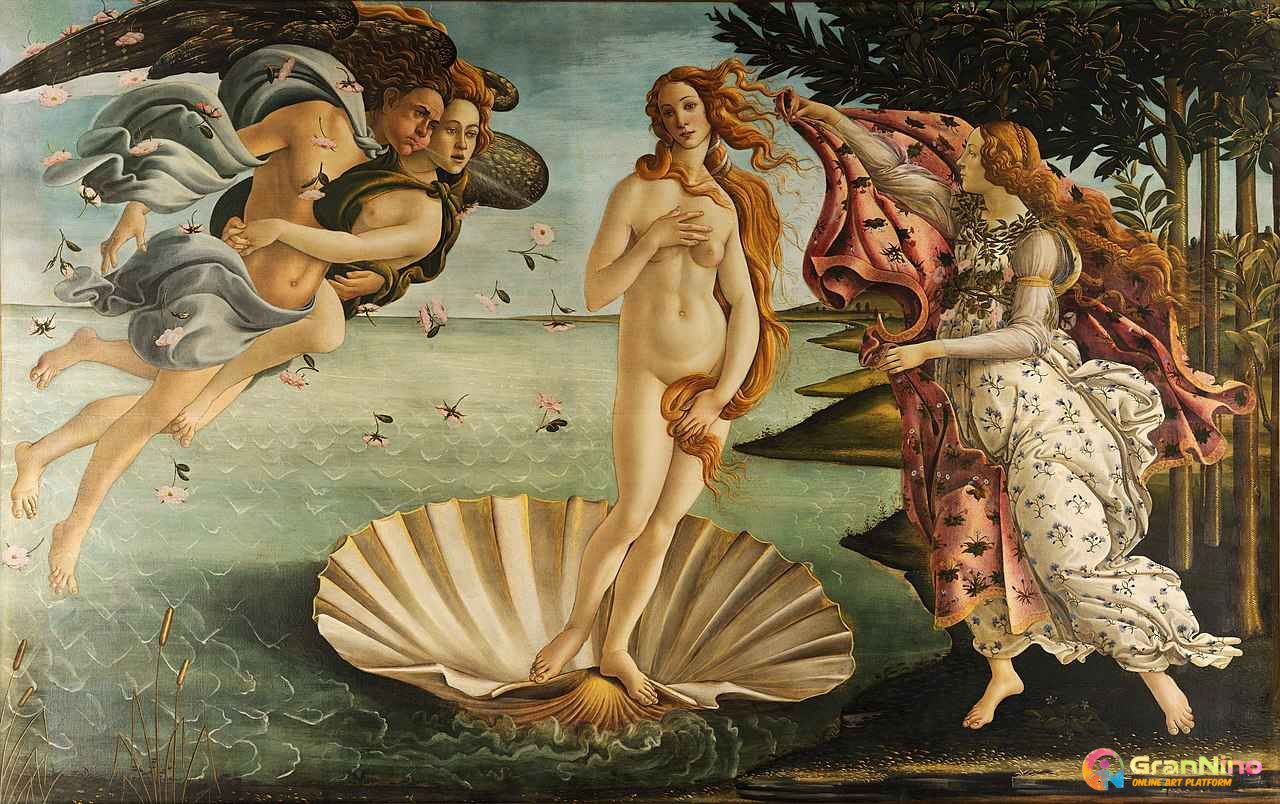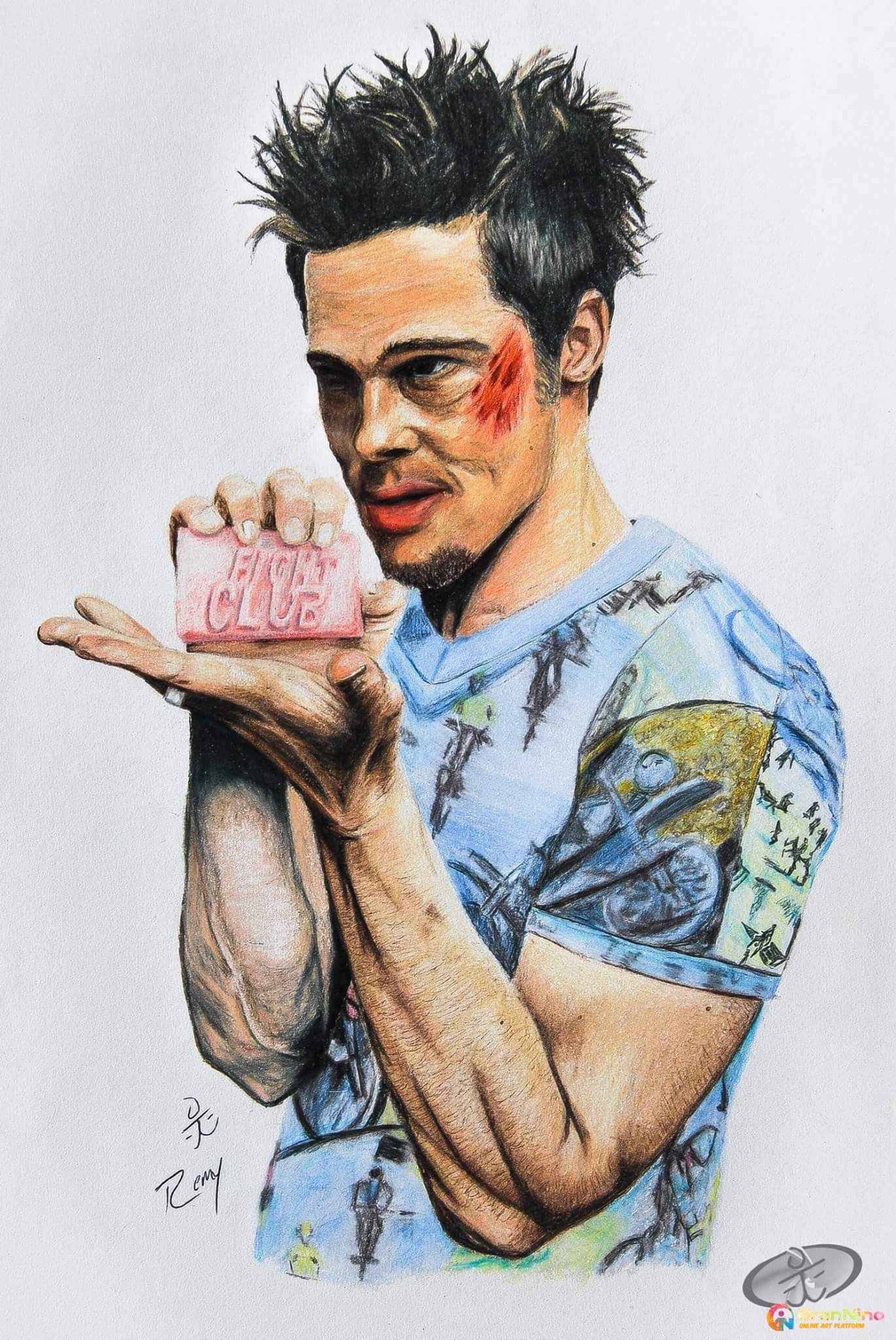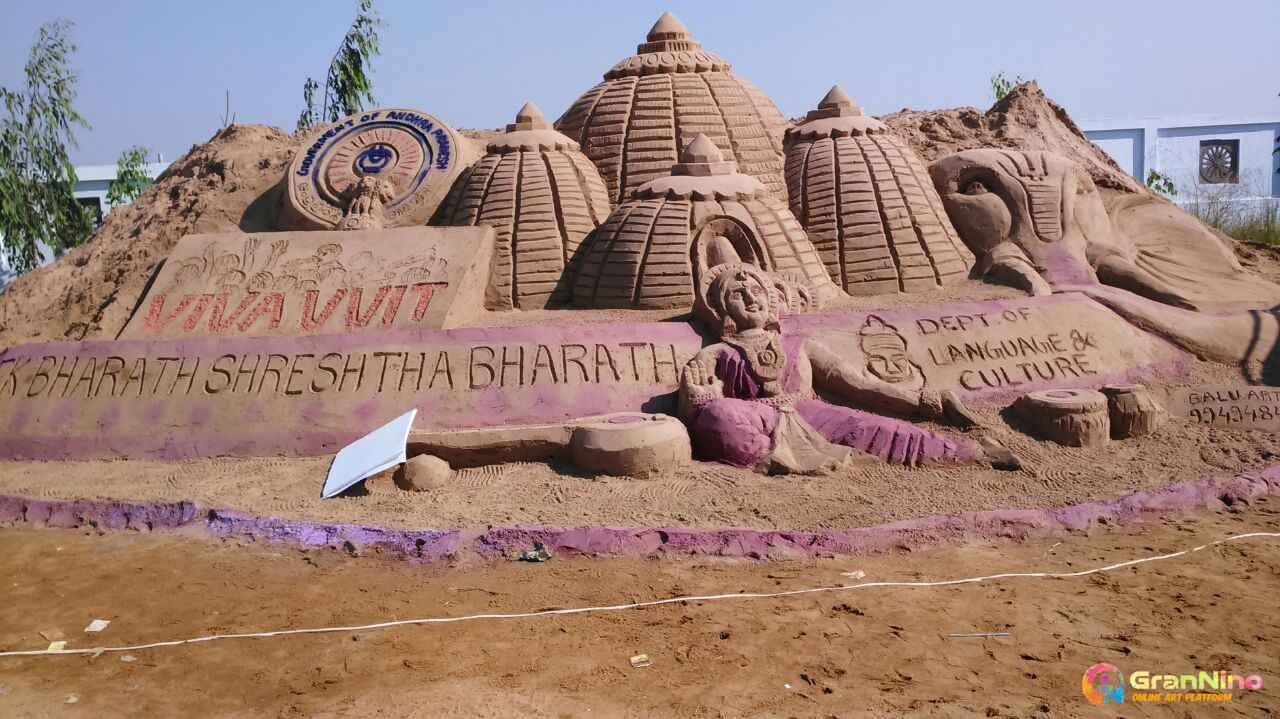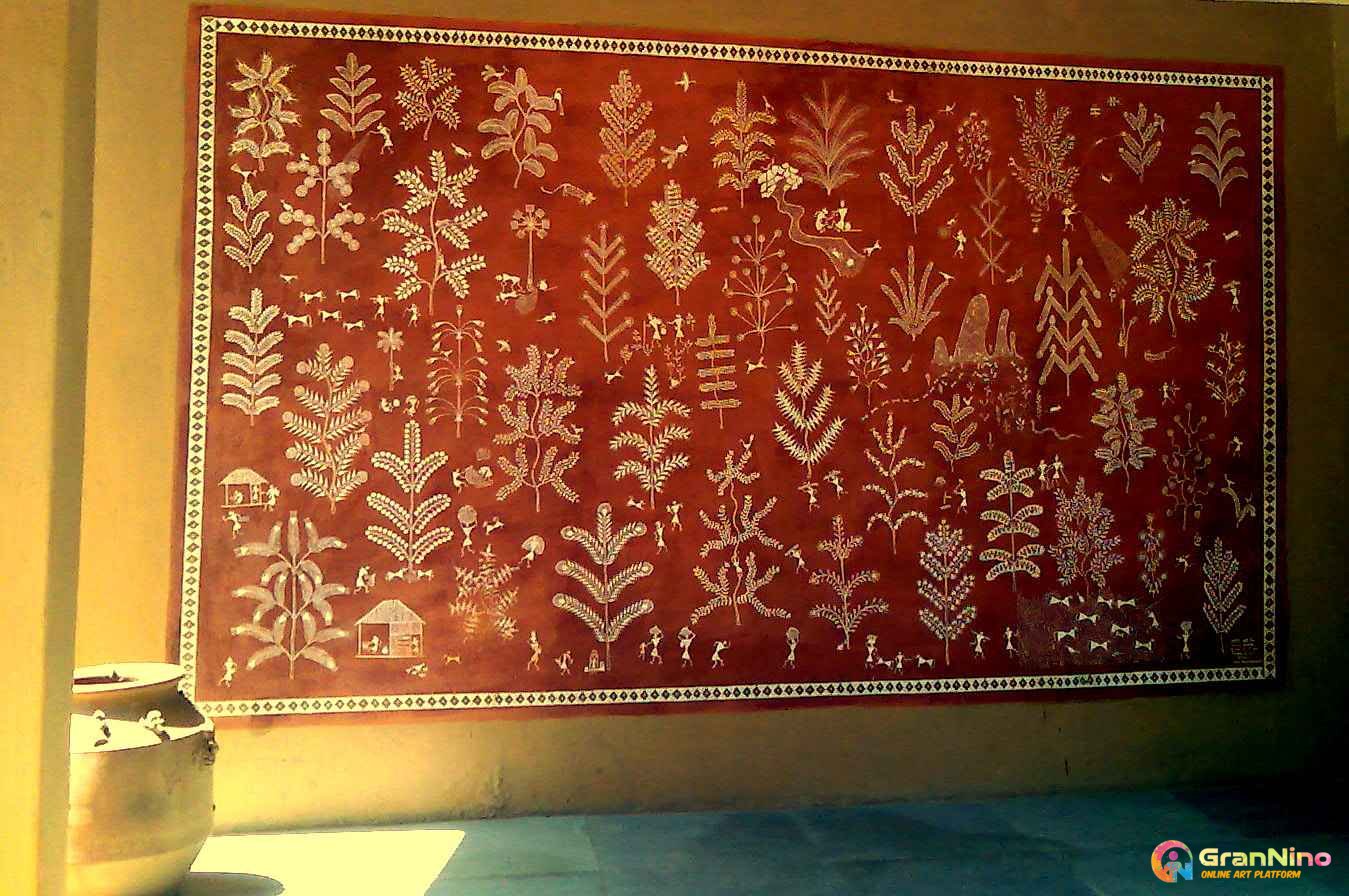Watercolor and Watercolor Paintings
Watercolor paintings are very ancient, probably originating from Europe's Paleolithic Age. Its history as an artistic medium, on the other hand, stretches back to the Renaissance, almost at 15th century. Albrecht Dürer, a Northern German Renaissance painter known for his stunning watercolors of flowers, animals, and landscapes, is widely regarded as one of the founding fathers of watercolor painting. Hans Bol founded an influential watercolor painting school in Germany during the Dürer Renaissance.
 Credit to @souart16
Credit to @souart16Article Details
Publish Date: 12/12/2021
Related Tags:
watercolour art watercolour painting watercolour paints painting guides watercolour painting guides
Advertise Here Contact us

SUBSCRIBE TO OUR NEWSLETTER
Most Asked Questions:
- Q. Explain the difference between Watercolor Painting and Tempera ?
- Answer: Tempera is a water soluble and fast drying painting medium, used long before the modern oi......, On the other hand, Watercolour is a popular painting method.... Know More
- Q. Where can I buy Watercolor Painting (on Canvas) without commission?
- Answer: If you are looking for best Watercolor Painting for commission free purchase, you can check here.
- Q. How to sell Watercolor Painting online?
- Answer: If you are looking for best place to exhibit and selling Watercolor Painting , you can try GranNino. GranNino provides free art exhibition and commission free art selling.
